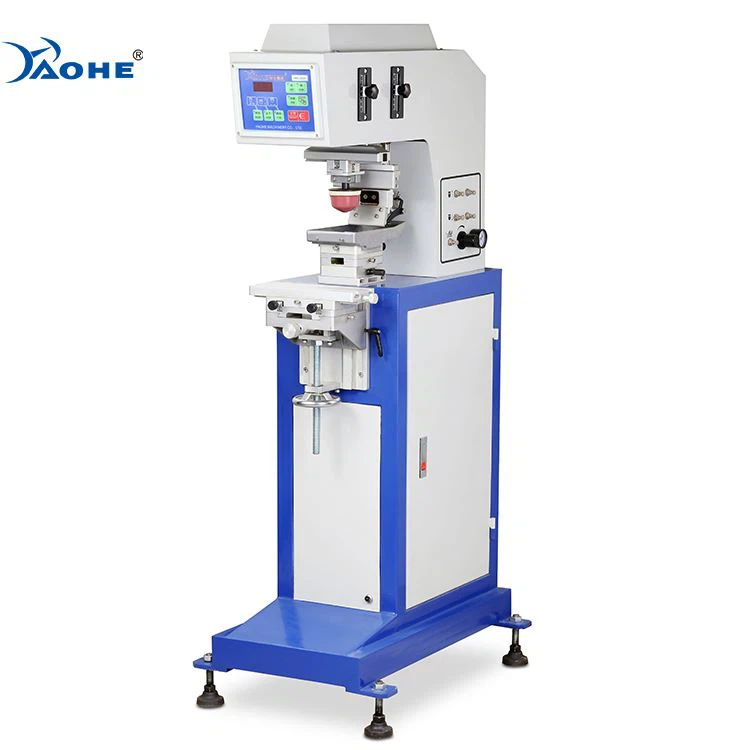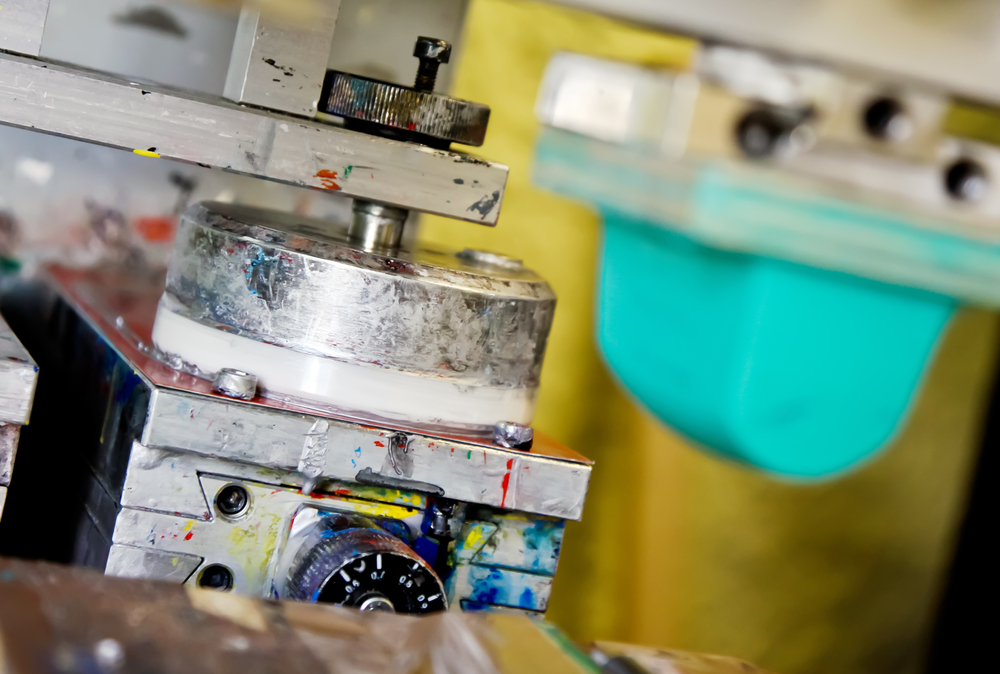What is pad printing?
Pad printing is a printing technique where a flexible silicone cassette is used to transfer ink from an engraved base plate (cliché) to the product or material.
This process is popular for printing on small and irregular objects.
In pad printing, we create the ink impression by printing on a silicone pad over an engraved base plate containing ink. The silicone of the pad makes it very flexible and this is the key to the success and popularity of pad printing.




